Stargazing has long been a source of inspiration and recreation for humanity. Nothing is quite so soul-stirring as a star-studded night sky. As our ability to see deeper into space has increased, so has our understanding of just what it is we’re viewing. Landmark stars once used for navigation, we now know to be some of our nearest solar neighbors. If you’ve ever been out on a clear night and wished you knew more about those constellations some people have a knack for finding, welcome to Stargazing 101. If you can find your way to Vega but would really like to see the rings of Saturn, welcome to Stargazing 101. If Astronomy (this is the science one, not to be confused with Astrology) is something you’ve always wanted to know a bit more about but weren’t quite sure where to start, welcome to Stargazing 101. Stargazing pricks at the scientist and the poet in all of us and, best of all, it’s free to get started.
Know Before You Go
Choose a focus.
We call it STARgazing but astronomy offers a myriad of celestial bodies to examine. Maybe you want to learn the constellations, perhaps you’re interested in tracking the phases of the moon, or maybe you’re interested in astronomical events like meteor showers and comets. It can be easy to dive into stargazing and get overwhelmed. Choose where you want to direct your gaze in order to determine what tools or methods you need.
Download a stargazing app.
Star charts have gotten a serious technological upgrade with the advent of smartphones. Find a stargazing app for your smartphone and you’ll have a wealth of information at your fingertips. Apps like Sky Map allow you to hold up your phone to the sky and will provide names for the objects you’re seeing whereas Star & Planet finder works the opposite, tell it what you want to view, and it will direct you where to look. If major celestial events are your thing, you might try SkyWiki, which provides a calendar mode to keep you up to date on everything happening up above.
Preparation is key.
Did you know it can take your eyes up to 40 minutes to adjust to darkness? Make sure you have some time set aside to let your vision condition itself. You may even consider investing in a red-light torch if you intend to stargaze often. This special bulb will help you find your way in the dark but won’t spoil your night vision. You might also bring some snacks, water, and an extra layer. Even on warm nights, sitting still for long periods of time can cause a chill.
Location, Location, Location!
Pick your spot.
Finding just the right spot for stargazing will depend quite a lot on where you live and what you’re trying to see. Choose a spot to begin your nightly observations while factoring things like comfort, dryness, warmth, and light pollution. HOLD UP. Light can be a pollutant? Well, yes. Ambient light can impact our vision of the atmosphere. If you live in an urban or densely populated area and are hoping to view some deep-space objects you’ll want to check out sites like DarkSky.org to help you locate dark sites.
Consider the weather.
Yes, of course, cloud cover is going to get in the way of stargazing. But did you know that your view of the stars is clearer on colder nights? Cold air holds less moisture and therefore the atmosphere appears less hazy. Your unaided eye and any instruments you may choose to use (binoculars, telescopes, we’ll get to these) will have an easier time picking out objects on a cold winter night.
What’s available?
Where you live will also determine what it is your ABLE to see. Not all constellations appear everywhere. Some stars will never be visible in the Northern Hemisphere and vice versa for the Southern Hemisphere. Do some research and make a list of what’s out there.
Get Your Bearings
Learn your cardinal directions.
A lot of stargazing is based on using landmarks. For example, if you want to find Polaris, the North star, it’s helpful to know that the constellation ‘Big Dipper’ (located in the Northern hemisphere) points toward it. But depending on the season, you may find Polaris to the Northeast or Northwest. Learning the cardinal directions, North, South, East, West, and having a good understanding of where they are relative to your chosen location, will be helpful in navigating the stars.
Six degrees of separation.
The night sky is measured in degrees and the spaces between objects we can see are measured using degrees of arc. That’s cool to know but it’s MORE cool to know that three fingers lined up together are equal to about 5º and your little finger is about 1º. If you want to see Saturn, an object that is somewhat hard to find, it’s helpful to know that from November 2019 to early this year, the bright star Vega was about 6º away. Your hand becomes an easy to use ruler!
To get a feel for how the night sky changes over time, a fun activity to make a comfy nest outside to stretch out and just watch. If you stay still long enough you can actually see the night sky move. The stars remain in the same position relative to one another but will move about 15º to the west and 15º higher each hour.
Starter Aids
Moonlight is the message.
One of the joys of astronomy is that you can start without needing much. There’s lots to be seen with the unaided eye! The easiest place to start is one you can see almost any night and is pretty easy to find, our own moon! Starting a moon journal is a great way to familiarize yourself with the lunar phases.
Meet your marker (constellations).
Windows To the Universe is a great resource as you delve into stargazing. One of the best parts is their constellations page, which breaks down which constellations can be seen in each hemisphere and what seasons they are visible. Constellations are one way to learn the names of the individual stars and, once you’ve found one constellation, it’s easier to pinpoint the others.
Level Up!
If you find stargazing to be a hobby you really enjoy, there are lots of ways to get more involved.
Get the gear
Home telescopes range from moderate to astronomical pricing (see what I did there?) but even a small-sized, amateur telescope will extend your vision deep into our solar system. A good pair of binoculars will also help you pick out objects in the night sky, especially dim objects.
Get a gang
Joining a local astronomy club is a great way to connect with other stargazers! Clubs meet for major events and other hobbyists may share their higher-tech gear with the group. Publications like Sky and Telescope or Astronomy are also great resources!
Stargazing is a hobby you can pick up or set aside at any time. Thankfully, they (celestial bodies) don’t change too much, even if your schedule does. Enjoy the journey wherever the stars may take you!
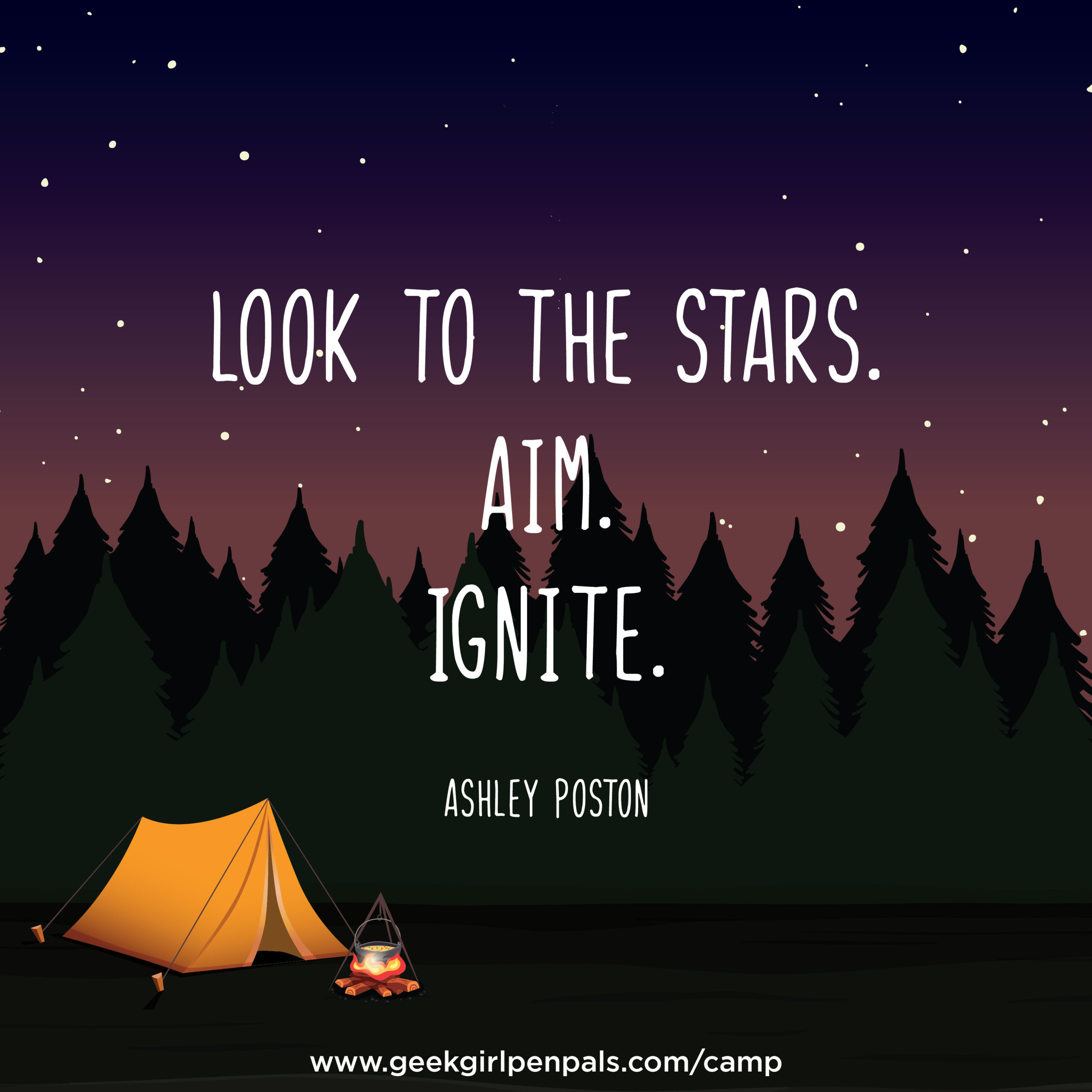



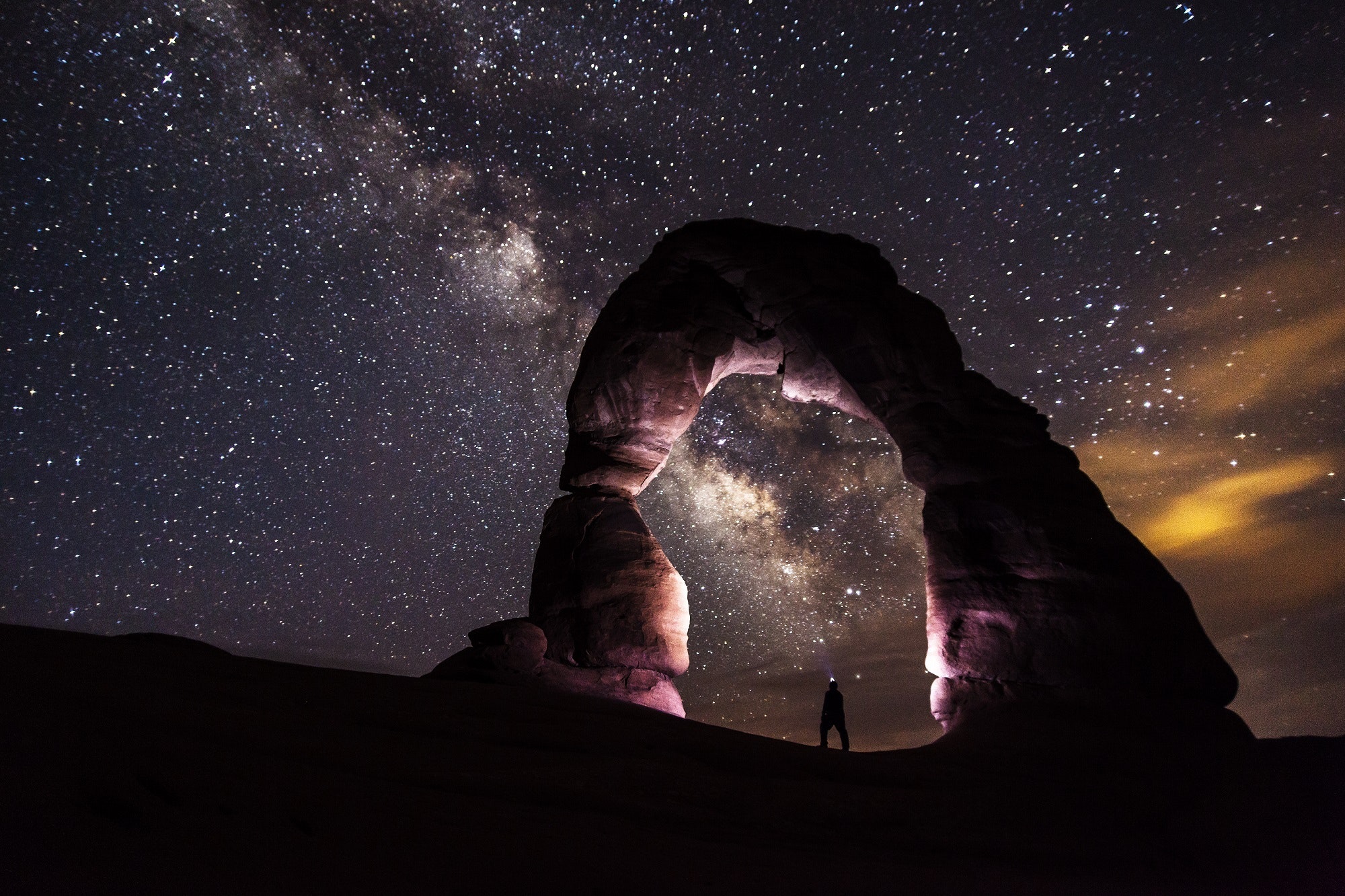
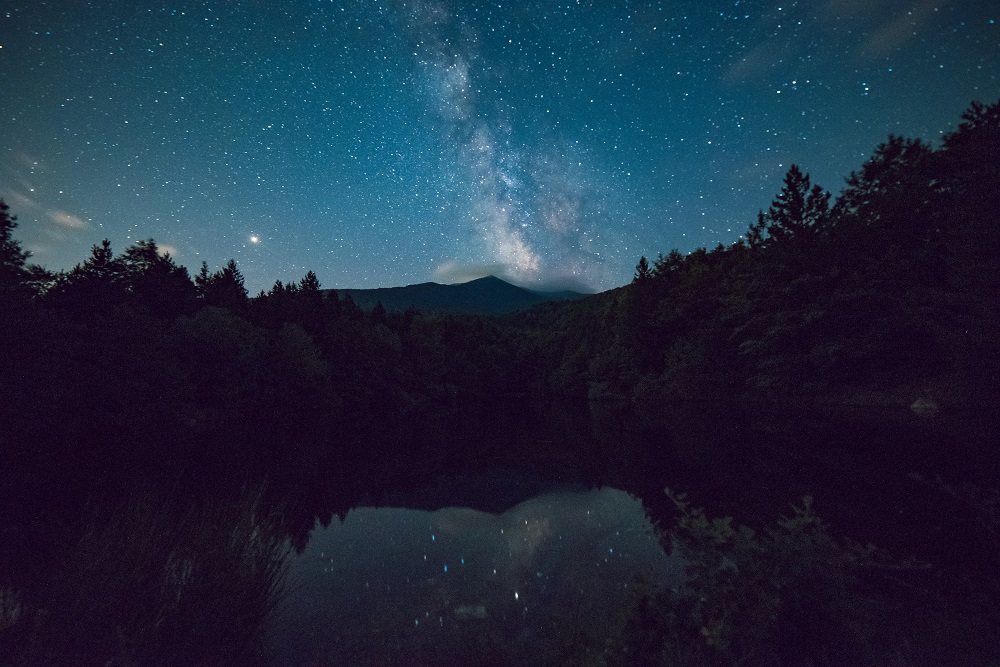
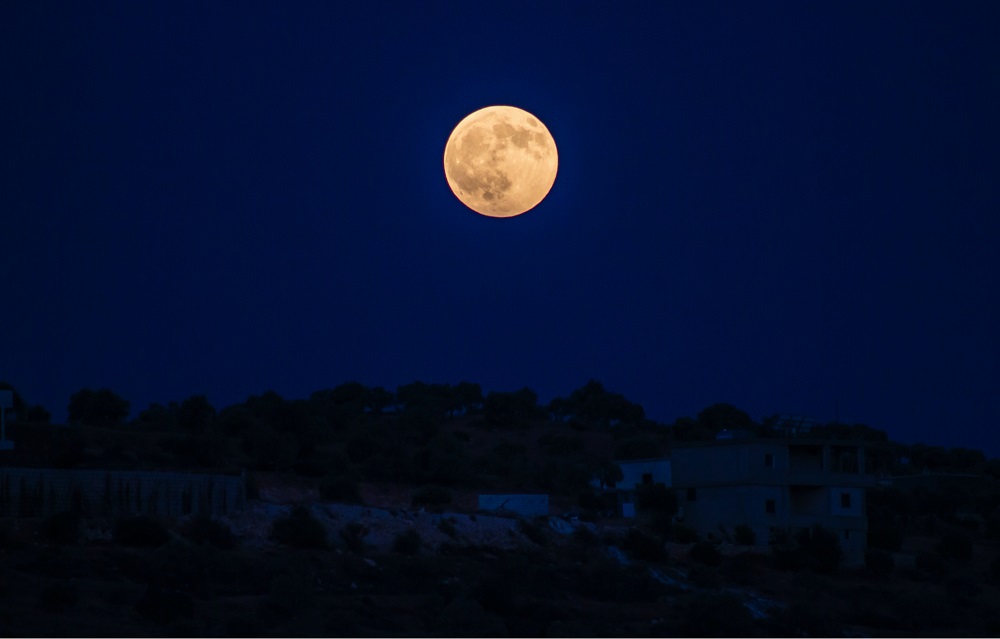
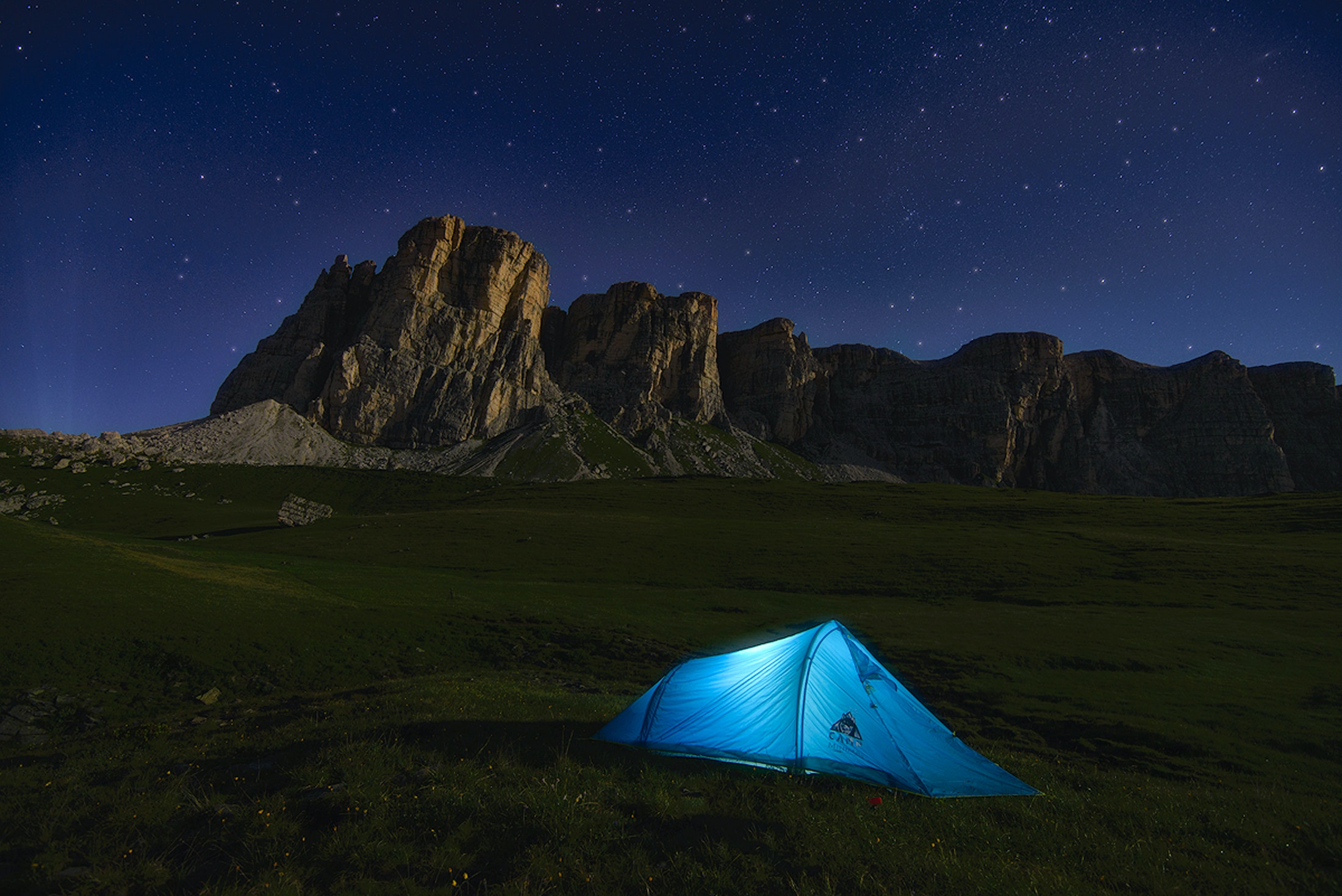




[…] Home/IGGPPCamp 2020/IGGPPCamp 2020: Day 4 Previous […]